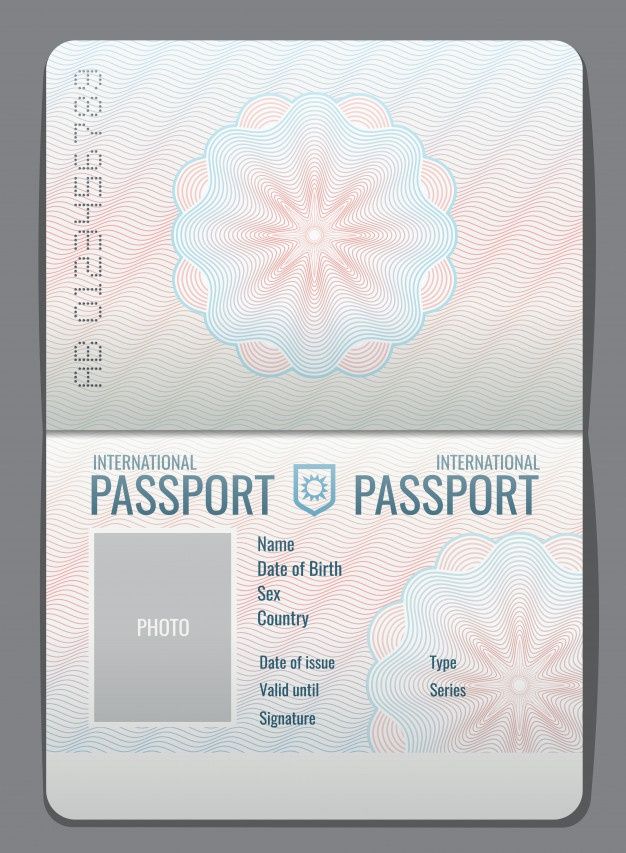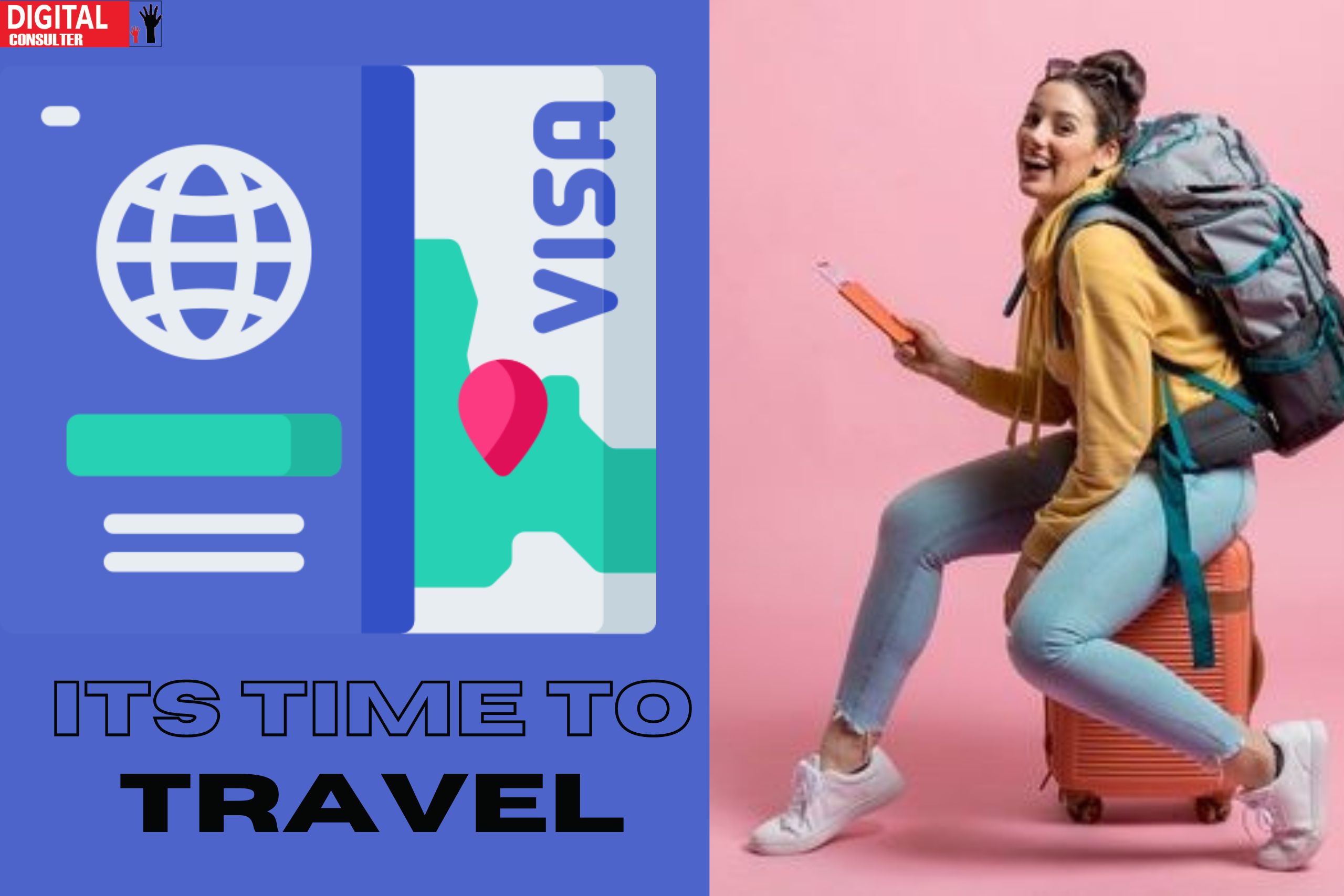Our Services
Visa Free Countries for Passport Holders by Continent

An entry permission known as a visa gives you the legal right to enter another nation. Travellers may not necessarily require a visa, though, as most nations have liberalised their immigration laws to permit visa-free travel between their borders. Visa-free regimes often only apply to tourists or business travellers, and they only permit brief stays of 30 to 90 days. Nevertheless, travellers must still have a valid travel document.
For the following reasons, nations may have visa-free agreements with one another:
- Good diplomatic relationship.
- It is improbable that citizens of the advantageous nation will unlawfully prolong their stay in the visa-exempt nation.
- The advantageous nation has a developed economy.
What Does a Visa Look Like?
A visa is a sticker that you put on your passport that has your name, photo, and the maximum number of days you are permitted to visit a particular nation on it.
Certain visas, including electronic visas that you need to print out, are also granted as independent documents that are not affixed to your passport. Visas can be for tourism, business, study, work, or other specific purposes.
Visa designs vary from country to country, but they usually contain essential information such as:
- Travellers Information: This consists of the name, nationality, passport number, date of birth, and, occasionally, a picture of the traveller.
- Issuer Information: Information about the embassy or body that issued the visa is typically included.
- Security Elements: To deter forgeries, holograms, watermarks, and unique inks are common security elements included to visas.
- Type of Visa: Visas may be obtained for travel, business, education, employment, or other particular objectives. The activities allowed during the stay are determined on the type of visa.
- Validity Dates: A visa indicates the times that it can be used to enter the nation. It frequently includes the allotted length of stay.
- Entry Requirements: Certain visas only let you enter the nation once, while others let you enter several times for a predetermined amount of time.

Visa-Free Travel
Not every traveller needs a visa. Numerous nations have visa waiver arrangements in place, enabling people of a limited number of nations to enter without a visa for brief visits. Most destinations in the world are visa-free for citizens of Western nations, including the United States, Australia, Canada, and the European Union.
Visa-free stays are only permitted for brief periods of time—a few days to a few months. You should confirm your country’s visa requirements before departing, regardless of your nationality.
Keep in Mind:
You are not allowed to work or transact in any business while you are in another nation without a valid visa.
Applying for a visa at an Embassy
Generally, you can apply for a visa at the consulate or embassy of the nation you intend to visit. It is necessary for you to:
- Set up a time.
- Gather a group of papers.
- Process a visa by paying a fee.
- Attend a visa interview (sometimes).
- After considering your application, the consular officials will choose whether or not to issue you a visa. The processing of your application may take several days to several months, depending on the type of visa.
Keep in Mind:
Embassies and consulates occasionally contract with private travel companies to handle visa submissions. This implies that the organisation gathers your documentation and forwards it to the embassy or consulate, which renders a verdict.
Application for a Visa via the Internet

Online visa applications are also available. Visas obtained electronically, or online, are often printed documents that are not adhered to your passport. When a nation grants visas electronically, it will have an official application website where you can:
Fill out an online application for a visa:
1: Add digital copies of your supporting documentation.
2: Cover the cost of your visa.
3:Complete an online visa application form.
Verify that the website you are using to submit your application is the official one, as you might need to pay a charge or supply personal information.
Depending on the circumstances, you may hear back on your visa application within minutes or even days.
A visa Upon Arrival
At the airport or any other point of entry into the destination country, you can apply for a visa. One term for this is a visa on arrival (VOA). In certain situations, the point of entry will have visa counters where you must apply, pay a fee, and wait for a decision before you can pass. It could take a few minutes or several hours, depending on the nation.
Keep in Mind
Not every nation grants visas at the airport.
Even nations that grant VOA s typically restrict their issuance to specific ethnicity.
Only a few airports or entrance locations typically offer visas on arrival.

F.A.Q
A visa is a type of travel document that grants you temporary entry into another nation.
A travel document known as an exit visa allows you to exit a certain nation. Nowadays, the majority of nations do not enforce exit visas because they are thought to be an antiquated practice that may even violate human rights.
For citizens who do not require a visa for admission into a certain nation, electronic travel authorizations are a prerequisite. They are easily obtainable online for a nominal cost, and they have a lengthy expiration date.
A passport and a visa are travel documents, however they differ primarily in that a passport is issued by your home country, while a visa is issued by the country you wish to visit.
- When visiting or entering a foreign nation for any purpose—tourism, commerce, job, study, etc.—you must have a valid visa, usually for a brief stay.
- To live abroad for an extended length of time, you require a residency permit.





















